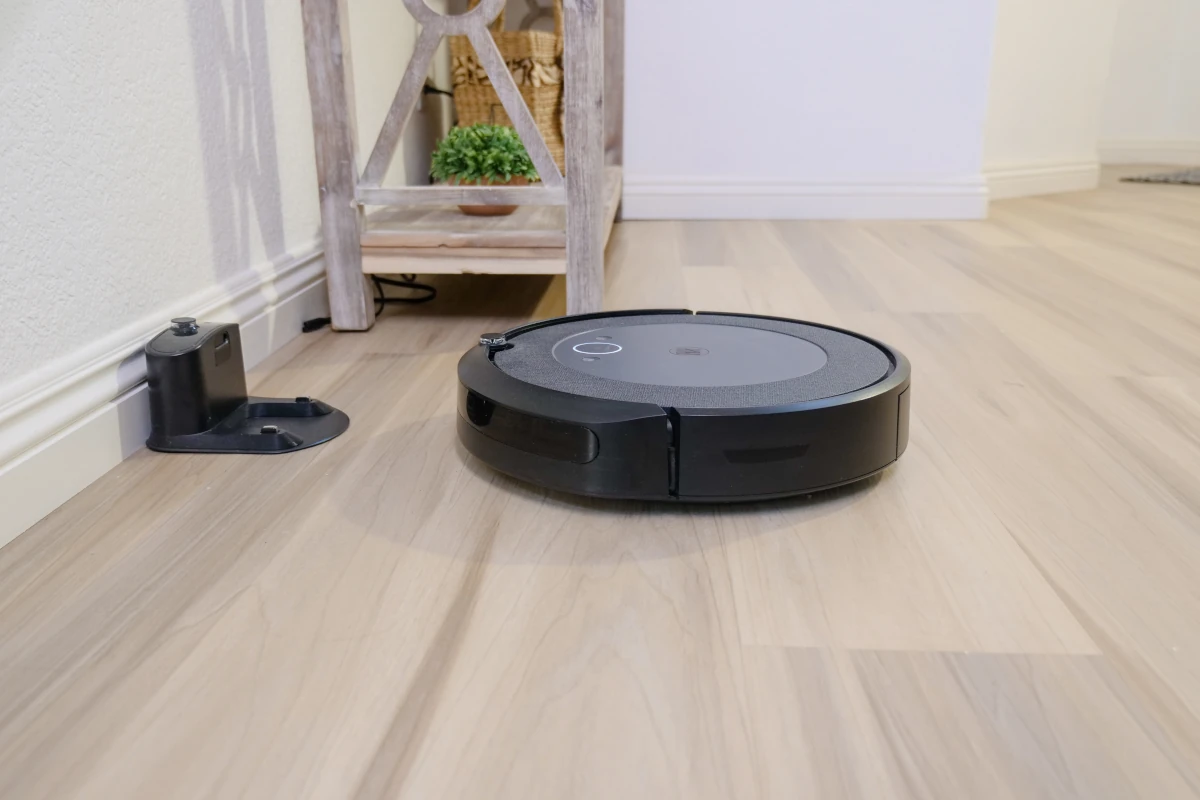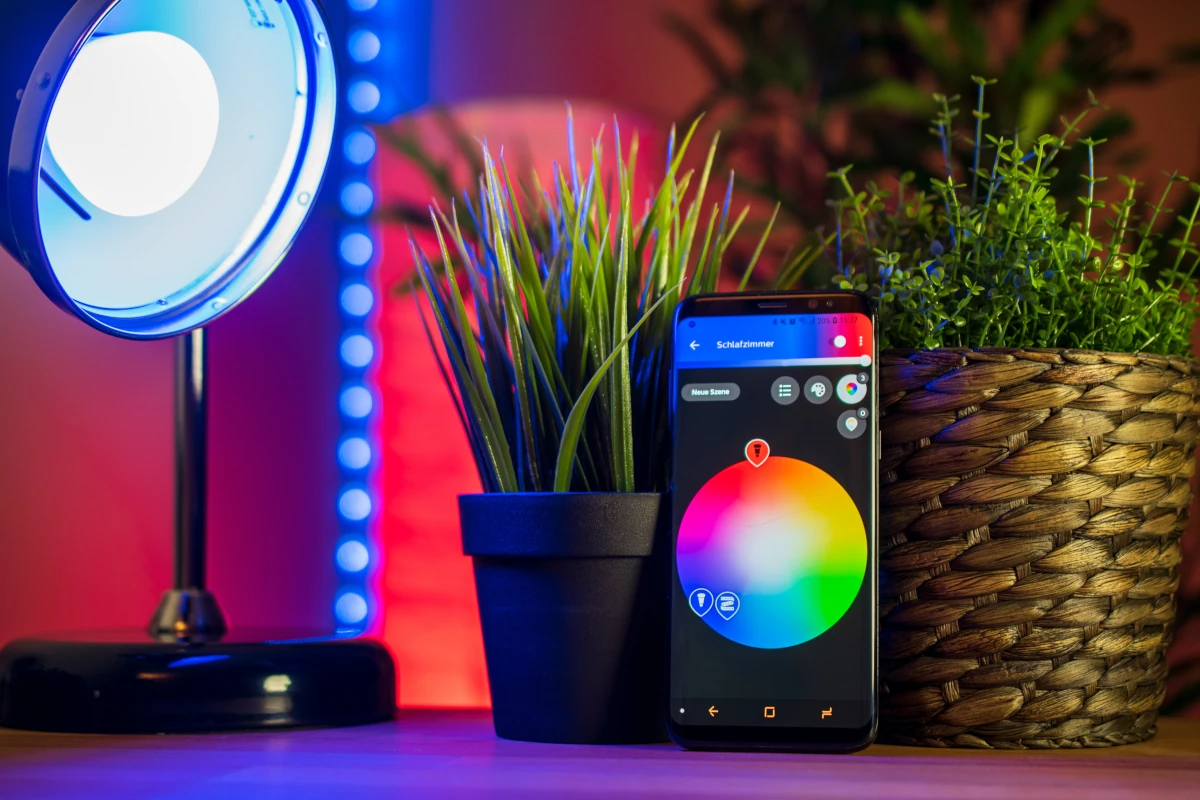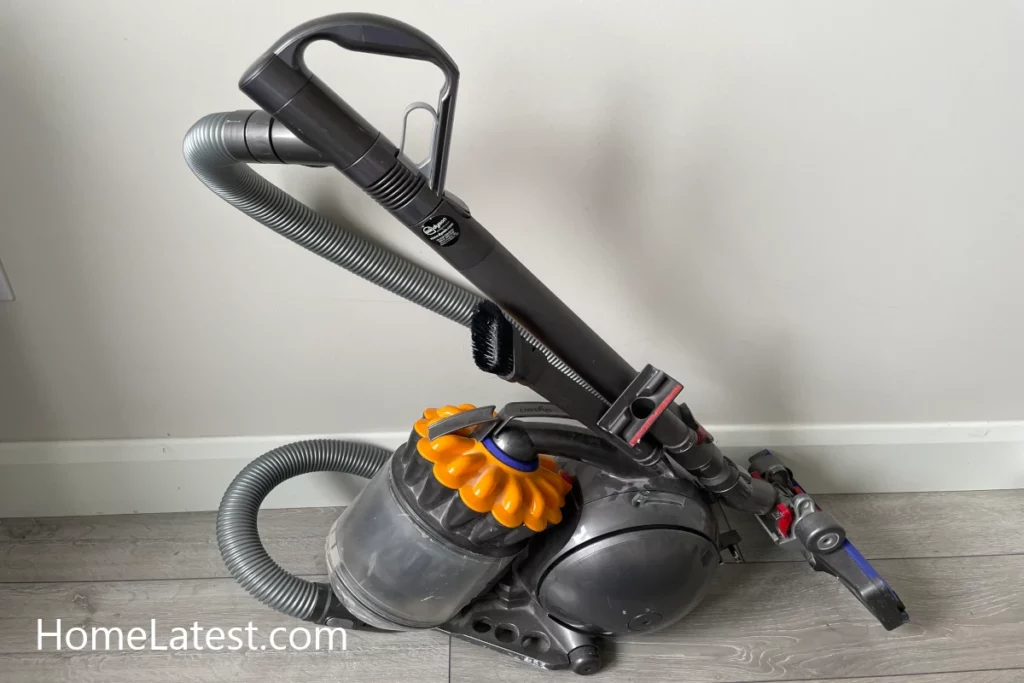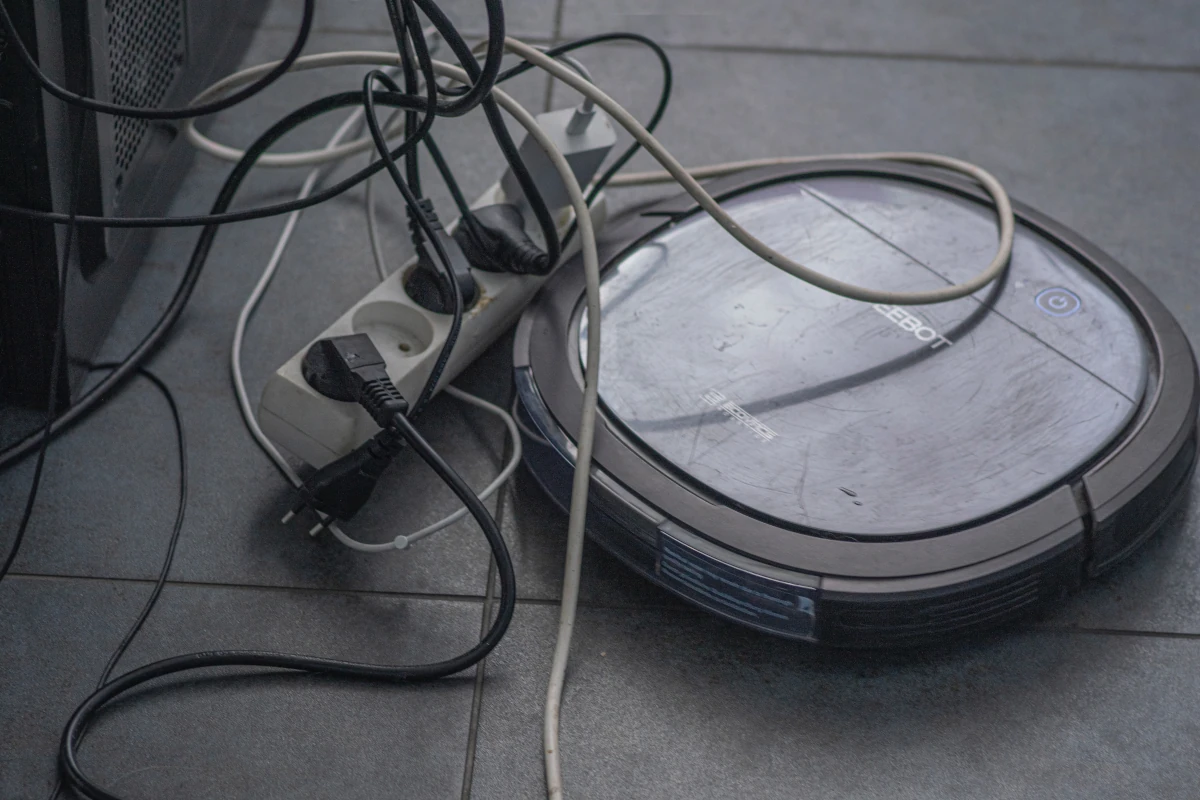Roomba robot vacuum cleaners are computerized gadgets that automatically clean people’s spaces.
The robots work by following a series of preprogrammed instructions, and with onboard sensors, they detect dirt and can steer clear of one’s valuable items.
The Roomba vacuum is very functional and does come across some wear and tear, but how long does it last?
Here is how long your Roomba will approximately last
A Roomba robot’s life span varies from four to six years, depending on its use and maintenance. The gadget’s durability also depends on its quality which one can easily tell from its price. To make this robot cleaner last longer, one must frequently change its sensors, battery, bin, filters, and brushes. So it is wise to go for a high-priced and more powerful Roomba.

Most people are skeptical about buying a Roomba vacuum. The controversy majorly lies in the durability of this item, considering it is quite expensive.
But a Roomba can make your life easier because it makes cleaning faster and more efficient. With a Roomba, you can schedule routine cleaning and have a sparkling house without hassle.
Let’s explore some methods one can use to maintain your Roomba to serve you longer.
Roombas comes with an operational manual that can help users know what to do and what not to do. Nevertheless, if you did not read your manual, worry not; you will get all the information you need on robot vacuum maintenance and permanence in this write-up.
Related:
- Is it Worth it to Repair Roomba? (Might Surprise You)
- What To Do With an Old Roomba? (Read First)
- How Do I Remove Old Roomba From App? (Solved)
How long do robot vacuums last?
With proper maintenance, high-quality robot vacuums can last four to six years. Even so, this varies according to use. For instance, some individuals are fond of using their robot cleaners daily, whereas others only use them on rare occasions. The robots in the latter last longer.
When looking at the durability of a robot vacuum, one must contemplate its brand. Some high-end models can last up to eight years if users constantly replace their components and clean them as required. Similarly, some cheap models barely last two years, no matter how much effort is put into prolonging their lifespan.
Initially, robot vacuums did not last quite long, but they are becoming more durable and have better modifications.
As we mentioned earlier, it is better to go for the high-priced ones because they guarantee a higher cleaning performance. Although, remember that they also need high-priced counterparts as they underperform with affordable counterparts.
Are robot vacuums really worth it?
Vacuuming is one of the chores most people find hard to do. A robot vacuum will save you much time and energy, given you can set a regular cleaning schedule.
It would be best to buy a robot vacuum because it is compact and fits in restricted areas. It can be quite impossible to clean some places regularly and effortlessly when using the big bulky vacuum cleaner. For instance, cleaning under the couch and bed can be hectic, yet this is not an issue you will experience with a robot vacuum.
Another beneficial aspect of robot vacuums is that they are not noise pollutants like the traditional vacuum cleaners. Hence, you can clean your home at any given time without waking up your kids or disturbing the neighbors.
Robot vacuums are perfect for cleaning multiple surfaces. Unlike manual vacuums, they do not come with numerous attachments for different types of flooring. So no matter what floorings you have, you don’t have to worry about detaching and attaching varying floor cleaners.
Most people love robot vacuums because they work with smart home devices like Amazon Alexa and Google Home. So using a digitized voice command, the cleaners get to work. The high-end models clean and get back to their base on their own.
Robot vacuums also have some cons that may inconvenience some individuals. For instance, before buying one, a consumer must contemplate whether their home is robot vacuum friendly. If you have kids who are fond of leaving valuable items around the house all the time, then you must prepare your home daily for robot vacuuming.
Some models only work on level surfaces, thus warranting one to invest in a standard vacuum to clean upstairs. Standard robots are pretty costly to purchase and maintain.
Some individuals may also be bugged by the fact that robot vacuums have small dust collection boxes. As much as you will not be burdened by manual vacuuming, you must ensure to empty the dustbin after every use- something most people do not do with traditional vacuum cleaners.
Does Roomba have a lifetime warranty?
Roomba comes with a one-year limited warranty. However, the warranty is only valid and enforceable in the location or country where one buys their device. It is impractical for this product to have a lifetime warranty, given it barely lasts a decade.
With a warranty, one is entitled to recondition the product if it malfunctions or replace the product with a new one or an upgraded model that has equivalent functionality to the one bought.
Even so, the warranty does not cover normal wear and tear, any alterations a consumer makes to the product, or the use of any unauthorized cleaning solution.
How do you maintain a Roomba?
Although a Roomba may be small in size, it is certainly not a small investment, so you must maintain it appropriately.
All Roomba vacuum cleaners need regular and periodic maintenance. Regular maintenance entails cleaning the gadget multiple times monthly, while periodical maintenance may call for more effort and mostly entails replacing some robot components.
There are many Roomba models in the market which have different maintenance regulations. We will guide you on that, but this is not gospel so please feel free to make some adjustments to your maintenance plan depending on your model.
How to maintain Roomba 600 series
Always ensure to clean the brushes. You can do this by opening the brush guard and lifting the colored tabs.
Then use a cleaning tool to remove any debris from the brush before placing it back. Clean the rolling brushes and caster wheel at least every two weeks.
If the caster wheels get clogged with dirt, they may cause floor damage. To clean them properly, you must remove them from the robot by pulling them firmly, after which you wipe and reinstall them into their housing.
Routinely check for build-up debris on the robot, especially the charging ports. If you notice any, unplug the device and wait for a minute or two, after which you can use lightly dampened melamine foam to clean the dirt.
You should clean the rolling brushes and filter weekly. Also, ensure to replace the filter as necessary; this could be every 2 to 3 months. Most importantly, you must empty the dustbin after every use.
How to Maintain Roomba S and I Series
A user should clean the filters weekly, yet it is not recommendable to wash them. Most of these robots come with a filter cartridge located on the side of the bin. You can open the filter door and remove it, then shake off the dirt in your trash can and reinstall it.
After every two weeks, ensure to clean the full bin sensors with a clean, dry cloth. You must remove the filter then wipe the bin till there is no dirt on the sensor ports.
It would help if you cleaned the caster wheel after a fortnight. It must be removed from the wheel caster first before doing this.
Clean the multi-surface brushes and corner brushes monthly. To clean the multi-space brushes, you must lift the brush frame to remove the brushes from the robot. Then remove any debris beneath the caps before reinstalling them.
Also, remember to clean the star pegs and the vacuum path. You must remove the corner before cleaning.
Wipe the charging contacts, sensors, and camera window monthly. Using water or spray when cleaning the sensors is not recommended- use a clean, dry piece of cloth.
How to Maintain Roomba 800, 900, and e Series
Clean the robot’s extractors monthly. You have to tweak the yellow extractor frame at the back of the robot, lift it and get rid of any obstructions. Remove the extractor caps and clean any dust or hair you find.
Also, clean the hexagonal and square plastic pegs on the other end of the extractors. Clear the vacuum path and reinstall the extractors. When doing this, you must match the shape and color of the extractor pegs with those on the icons of the cleaning head module.
You should clean the charging contacts, sensors, and side brushes at least once every month. The front caster wheel and bin sensors must be cleaned every two weeks, whereas the filter should be weekly.
Also, remember to replace any parts that have worn out. For instance, the filter can serve you well for a maximum of three months. The rolling brushes and caster wheel also deteriorate with time.
Closing thoughts
In conclusion, Roombas and other robot vacuum cleaners are ideal for routine daily cleaning and are worth the investment. Nevertheless, one must not fully depend on them because they may not effectively clean surfaces like fluffy carpets. However, these are useful supplementary cleaning tools that a user must maintain to last long.
Sources
How Long Do Robot Vacuums Last – and How to Make Them Last




